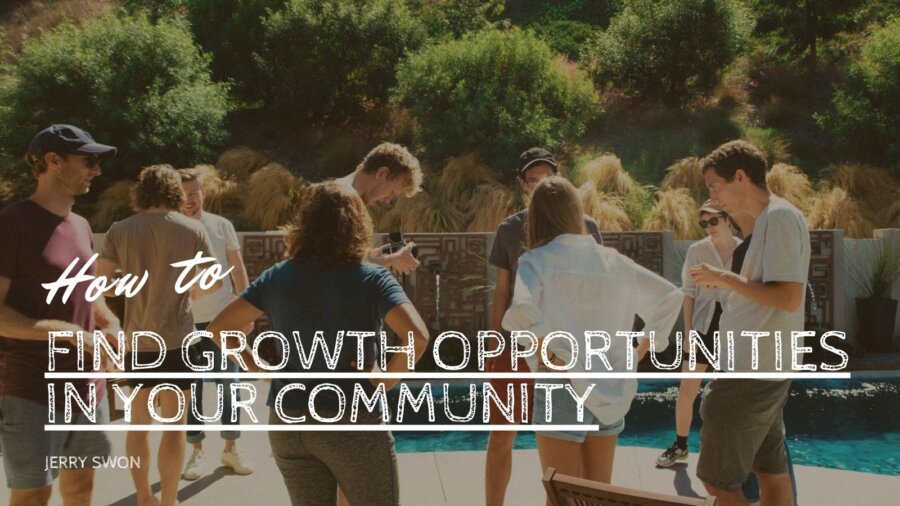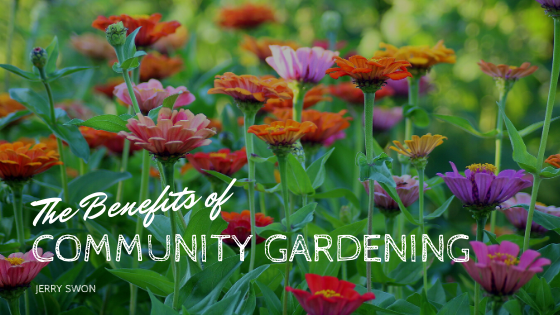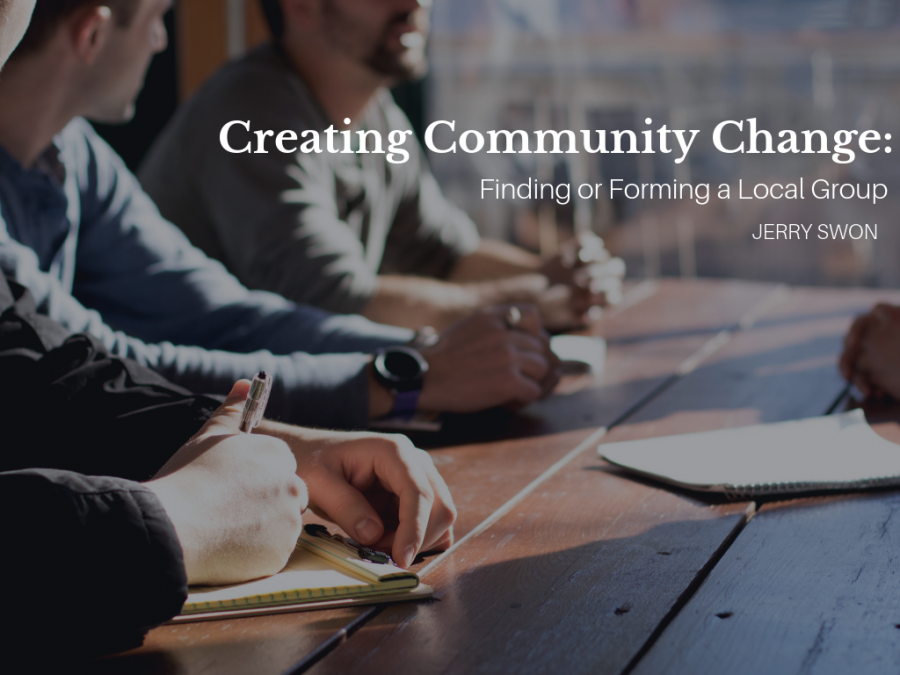Community growth is essential for organizations looking to expand their reach, engage with a broader audience, and foster a thriving environment. To achieve sustainable growth, you must identify and capitalize on growth opportunities within your community.
Define Clear Objectives:
Before seeking growth opportunities, it’s crucial to define clear objectives for your community. Determine what you aim to achieve, whether it’s increasing membership, boosting engagement, or expanding your community’s impact. Having well-defined goals will guide your growth efforts.
Conduct Audience Research:
Understanding your community members is fundamental. Conduct surveys, gather feedback, and analyze member data to gain insights into their preferences, needs, and pain points. This research will help you tailor growth strategies to your target audience.
Leverage Data Analytics:
Utilize data analytics tools to track the performance of your community. Monitor key metrics like member retention, engagement rates, and conversion rates. Analyzing data can reveal trends and patterns that highlight growth opportunities.
Content Optimization:
Your community content plays a significant role in attracting and retaining members. Regularly assess the effectiveness of your content strategy. Identify what type of content resonates most with your audience and optimize your content accordingly.
Engagement Enhancement:
Improving member engagement is a powerful growth strategy. Encourage discussions, organize events, and facilitate interactions within your community. Engagement not only retains existing members but also attracts new ones through word-of-mouth.
Community Outreach:
Actively promote your community through various channels, including social media, email marketing, and partnerships. Showcase your community’s unique value to attract like-minded individuals who can benefit from it.
Member Onboarding and Support:
Enhance the onboarding experience for new members. Provide them with resources, guidance, and a warm welcome. Ensuring members feel valued and supported from the start can increase retention and referrals.
Networking Opportunities:
Foster networking opportunities within your community. Encourage members to connect, collaborate, and share their expertise. Networking can lead to organic growth as members invite others who share their interests.
Innovative Features and Tools:
Stay updated with the latest community management tools and technologies. Implement innovative features that enhance the member experience and provide unique value.
Community Feedback Loop:
Create a feedback loop where members can share their ideas and suggestions for improving the community. Act on this feedback to continuously enhance the community’s offerings.
Identifying growth opportunities in your community requires a strategic and data-driven approach. You can uncover valuable growth prospects by defining clear objectives, conducting audience research, leveraging data analytics, optimizing content, and enhancing member engagement. Additionally, active community outreach, effective onboarding, networking opportunities, innovative features, and a feedback loop will contribute to sustainable community growth. Keep evolving your strategies as you monitor results and adapt to changing member needs and preferences.







